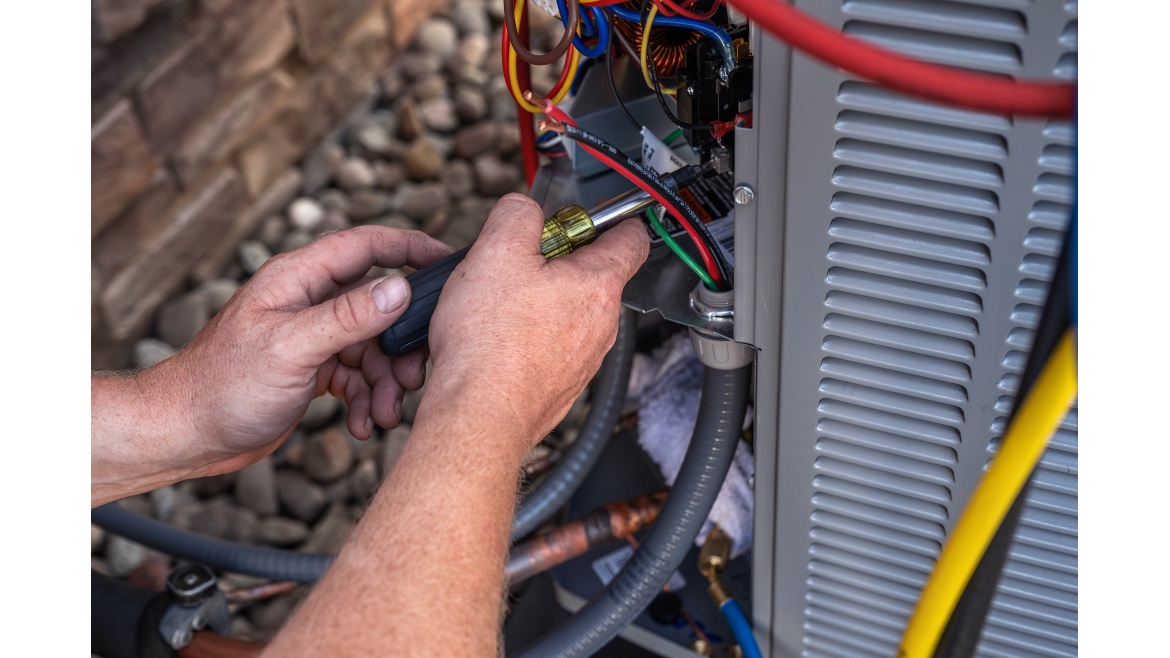Unveiling the Pros and Cons of Sharing Heat Pump Tax Credit Incentives
Ultimately, if you’re not talking with your customers about available incentives, you are doing homeowners a disservice

PRE-CAPTION: In milder temperatures, a heat pump can generally handle the heating load more efficiently than a gas furnace. (Courtesy of Allied Air Enterprises)
I often get asked about how and when to share incentive information with homeowners. Promoting incentives to homeowners — when it’s not a promotion you’re offering — can have risk written all over it. How long will it take you to research the program so you’re comfortable talking about it? What if the government changes the qualifications? What if a consumer doesn’t have a tax liability and ultimately can’t take the tax credit? It’s understandable that many dealers simply walk away from talking about tax credits — the homeowner’s system broke down, they need a new one, and they’re going to buy something anyway — so why complicate things?
Federal incentives now in place in both the U.S. and Canada are making new heat pump system more enticing for homeowners when they compare it to what they would typically spend on replacing their air conditioner. Many dealers say they are committed to providing consumers with the right solution at the best price possible, especially since our industry has had so many price increases in recent years. Consumers continue to struggle to afford to repair or replace their systems. Why wouldn’t we offer a solution to help people save on upfront costs while also helping to reduce their heating costs throughout the winter months?
Two issues tend to come up when discussing this incentive: “I don’t want to be on the hook for the tax credit in case a consumer doesn’t qualify,” and “we don’t really do heat pumps around here, so I’m just going to stay away from it.” What you’re really selling the consumer on is the fact that the system match meets the qualifications for the incentive. It’s up to them to talk to a tax professional and/or legal advisor to understand if they personally meet the qualifications to use the program. The responsibility of whether a consumer qualifies or not is the responsibility of the consumer, not the contractor. In addition, upfront transparency is important — verbally tell them it is their responsibility to check program qualifications and build it into the written quote the consumer signs when they accept your bid. You likely already have some legal support that can help protect you and your business, and it is wise to consult your legal advisor.
Be prepared for the future!
“We don’t do heat pumps around here” is a sentiment of the past. The market is shifting to heat pumps. Your business can either prepare for this change and get the training needed or get left behind and lose business to your competitors. Heat pumps are not the products of 30 years ago; the technology and the ease of installation have improved substantially. You’ll need to brush up on best practices for installation and weigh in the charge (for example), but it’s important to your business to tackle these things today.
Another misperception: Consumers need or should replace their furnace with a heat pump; they can really just add a heat pump to their furnace with a dual-fuel application. If you think heat pumps don’t produce enough heat, then keep the furnace as part of the system and let it handle the heating load when temperatures are extreme. In milder temperatures, a heat pump can handle the heating load more efficiently than a gas furnace.
Ultimately, if you’re not talking with your customers about available incentives, you are doing homeowners a disservice. Very few people wake up and think to themselves, “you know, it’s time for a new heating and cooling system…” and start to research what’s out there. Because it’s almost always unplanned, consumers are not faced with this type of purchase on a regular basis. It’s up to you to educate them — so it’s best to do it in a transparent way, where your business is protected and prepared for the shift to heat pumps.
